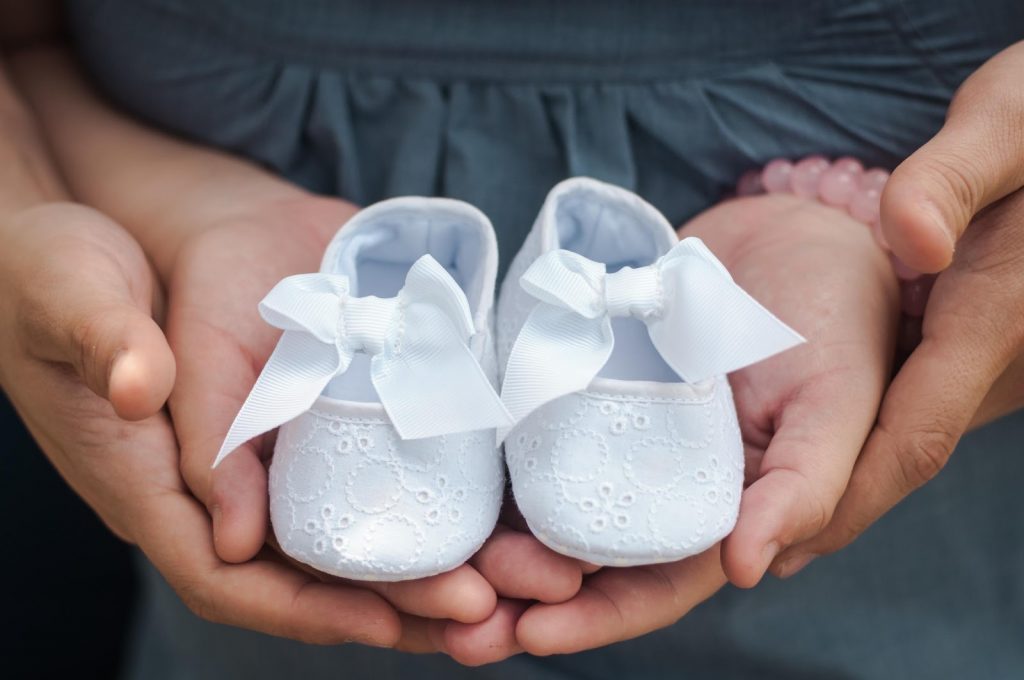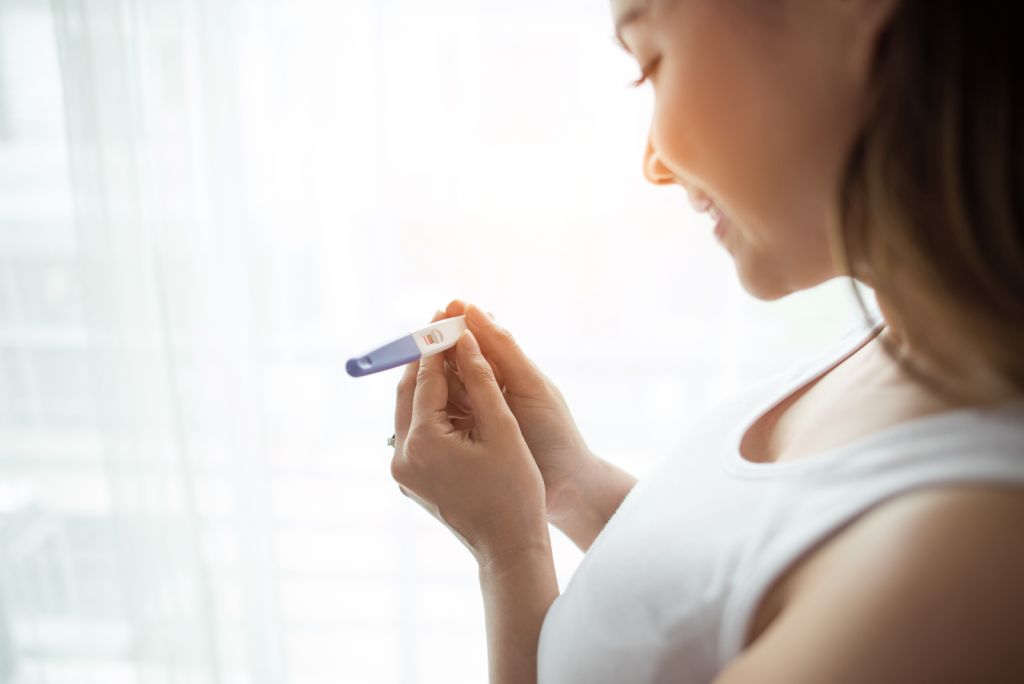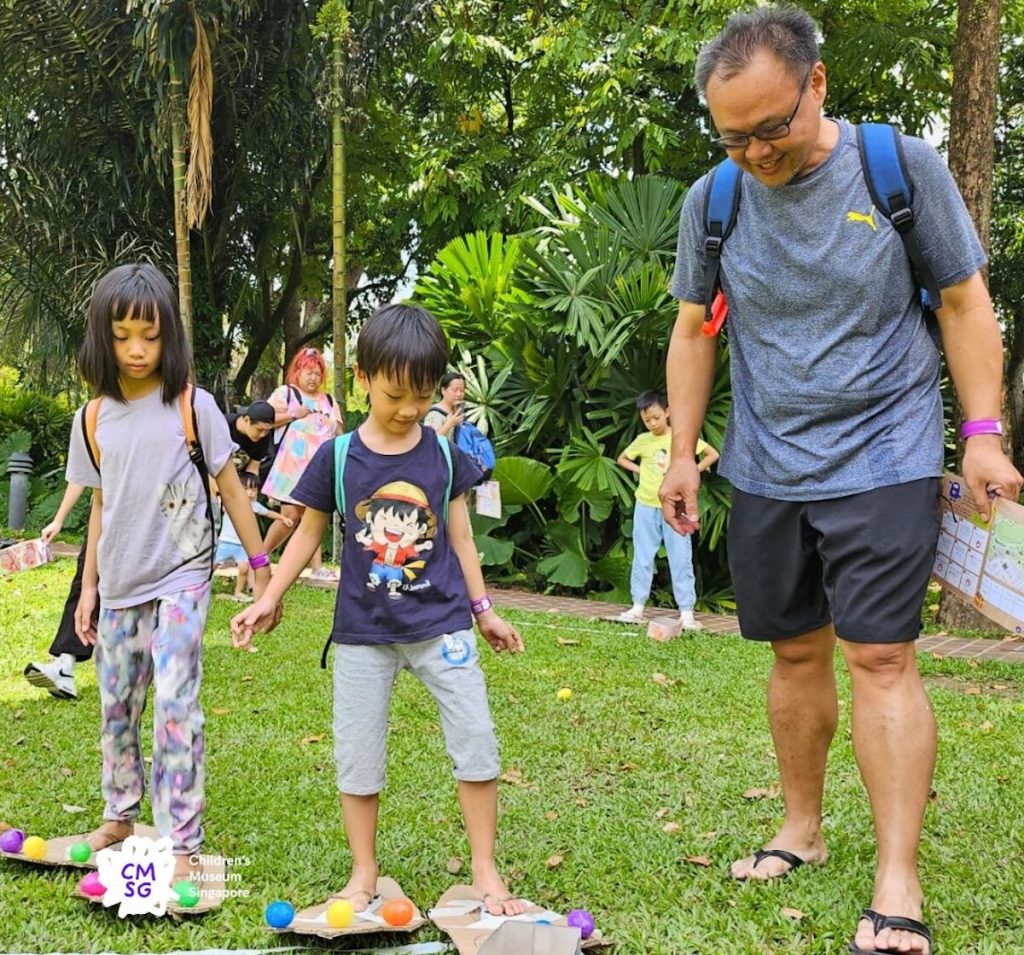Tirelessly trying to conceive and the whole process has gotten you down? IVF might just be your answer towards getting a bun in the oven. As part of the government’s ongoing efforts to encourage and support marriage as well as parenthood, the Ministry of Health (MOH) announced the removal of the age limit for women undergoing Assisted Reproduction Technology (ART) procedures, like IVF, last year. What ’s more, there’s also an enhanced government co-funding scheme put in place. Hoorah! Here’s all that you need to know about undergoing IVF in Singapore.
What is it?
IVF, or in-vitro fertilisation, is an Assisted Reproductive Technology (ART) treatment for couples who have difficulties conceiving. Eggs are extracted from a woman’s ovaries and are then fertilised in a specialised lab. After fertilisation happens, the eggs are cultured and develop into embryos. After 3 to 5 days, the embryos are then being implanted into the woman’s uterus. It takes about 2 weeks to know if the IVF process is successful.

For ladies between aged 35 to 40 years, the pregnancy success rate of IVF may range from 35% to 60%. This is also dependent on underlying medical problems and also the specific IVF labs involved. Since 1 January 2020, MOH has lifted the age limit of 45 years old for women to undergo ART treatments and remove the cap on the number of ART cycles for all women.
In Singapore, you have to be legally married in order to qualify for IVF. However, permission can be obtained from MOH on a case-by-case basis.
Who is it for?
As a gauge, if you are 35 years or older and have been trying for a little bub for more than 6 months, you should se ek specialist help. If you are less than 35 years, but have been trying for a year or longer, you should do likewise.
For couples who have been diagnosed with fertility disorders, IVF is also recommended. These disorders include:
- Women with blocked or damaged fallopian tubes, or who have had their fallopian tubes removed
- Men with decreased sperm count or sperm motility
- Women with ovulation disorders or conditions such as endometriosis
- Men or/and women with a genetic disorder
What is the step-by-step process?
In essence, the whole IVF treatment process, known as a ‘cycle’, takes about 4 to 6 weeks, but the active phase of the process is within the first 10 to 12 days. On average, most couples get pregnant in less than 3 cycles.
Here are the steps involved:
Step 1: Stimulation of Eggs
Ovaries are first stimulated using an injection with the Follicle Stimulating Hormone (FSH) so that many eggs are produced at once. It takes about 10 to 12 days from the first injection to the time that the eggs are retrieved.
Step 2: Assessment of Maturity of Eggs
On Day 8 or 9 of the cycle, the gynaecologist then performs a simple ultrasound scan to check on the maturity of the stimulated eggs.
Step 3: Retrieval of Eggs
The minute a mature egg is observed, it will be extracted from the woman in a day surgery procedure within the IVF centre. This procedure is done under anaesthesia.
Step 4: Fertilisation with Sperm
An embryologist will then fertilise the collected eggs and sperms in an IVF lab. It is then grown for 5 days, during which the abnormal or unhealthy ones are siphoned out.
Step 5: Freezing of Embryos
High-quality embryos are then frozen before being transferred back into the woman’s womb about 1 to 2 months later. Hormone tablets need to be taken daily before the transfer is performed.
Step 6: Transfer of Embryos
The embryo will be transferred back into the woman’s womb in a simple procedure that is done in the IVF centre. This transfer process will take around 20 to 30 minutes and does not require anaesthesia.
Step 7: Pregnancy Test
2 weeks after the transfer of the embryo into the woman’s womb, a pregnancy test will be done to check if she has successfully conceived.

What is the cost of IVF?
Cost is always a deterrent when it comes to deciding on whether to go through with the IVF process. As a gauge, the total cost for one cycle of IVF treatment in private hospitals/centres ranges from S$12,000 to S$20,000 while in public hospitals, it ranges from about S$10,000 to S$15,000. Here are the some of the hospitals/centres:
Public Hospitals/Centres
Private Hospitals/Centres
What subsidies are available?
Subsidies of up to 75% are only availa ble for couples who seek IVF treatment in public hospitals/centres. Coverage includes:
- Co-funding of up to S$7,700 per fresh cycle and S$2,200 per frozen cycle, for three fresh cycles and three frozen cycles.
- Co-funding for up to 2 out of the existing 6 co-funded ART cycles for women aged 40 and above (as long as they have sought treatment before the age of 40).
A couple may also withdraw S$6,000, S$5,000 and S$4,000 from Medisave for the first, second and third treatment cycles respectively. A lifetime Medisave withdrawal limit of S$15,000 per patient for such a treatment also applies. Find out more from the MOH website here.

References:
- https://www.moh.gov.sg/news-highlights/details/more-support-for-childhood-preventive-healthcare-and-fertility-treatments
- https://www.moh.gov.sg/news-highlights/details/assisted-reproductive-technologies
- https://www.moh.gov.sg/cost-financing/healthcare-schemes-subsidies/marriage-and-parenthood-schemes
- https://www.kkh.com.sg/patient-care/areas-of-care/womens-services/Pages/kkivf-centre.aspx
- https://www.mountelizabeth.com.sg/facilities-services/centre-excellence/fertility/your-ivf-journey
- https://blog.moneysmart.sg/family/ivf-singapore-cost-process-subsidies/
- https://www.virtusfertilitycentre.com.sg/fertility-services/ivf-treatment
- https://worldfertilityservices.com/ivf-cost-singapore/
- https://www.anntan.com.sg/patient-info/the-step-by-step-sequence-of-ivf.html
- https://ivf.acrm.com.sg/?gclid=EAIaIQobChMItJzNmtC86QIVjXwrCh3_rQMrEAAYBCAAEgLAm_D_BwE
- https://smgwomenshealth.sg/doctors-guide/fertility/ivf/
- https://singaporelegaladvice.com/law-articles/in-vitro-fertilization-ivf-singapore-procedure-cost/















